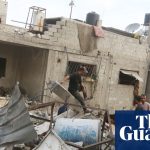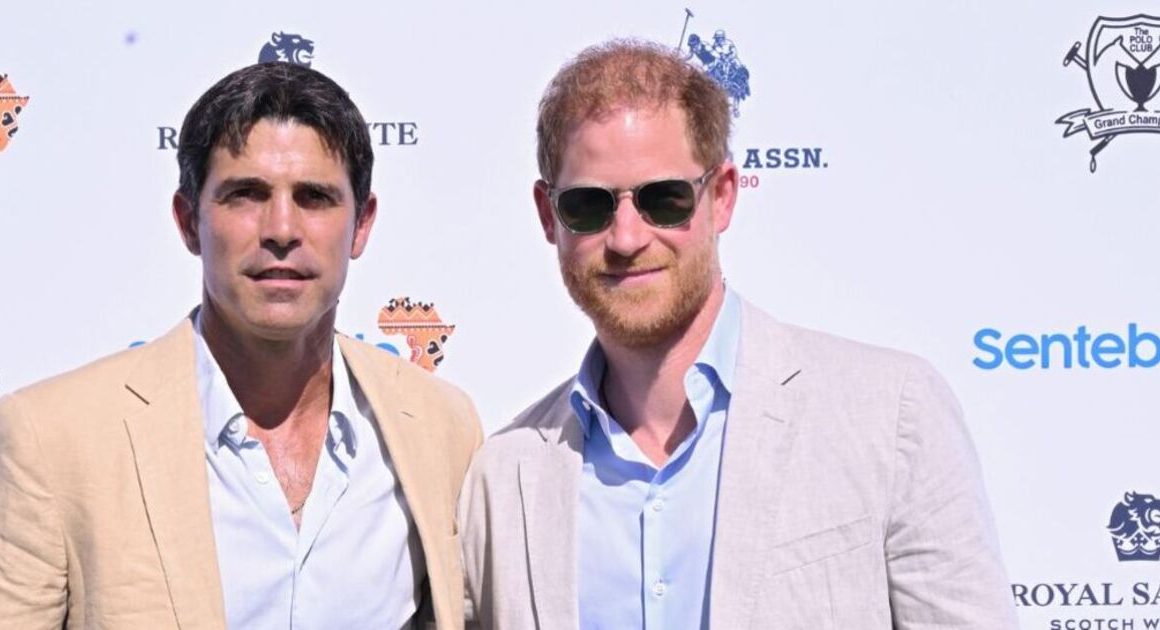In the corner of an outdoor gear store named Komanda-Ex in central Kyiv, among the backpacks and sleeping bags for sale are the remnants of a Russian drone, casings from artillery shells and name patches once worn by Russian soldiers.
Out back, behind a curtain, are parts of a downed plane. All of the items are for sale as part of a volunteer driven fundraising campaign designed to turn what they consider to be war trophies into funds to purchase new equipment for front-line troops.
“Most of the trophies, 90 per cent, we got from during our offensive campaigns when the Russians were retreating,” said Petro Shamborovskyi, a volunteer who normally works as a real estate developer, but since the start of Russia’s full-scale invasion, has spent the bulk of his time fundraising and visiting soldiers at the front.
He says the brigades that he and other volunteers are connected with have been saving items for them, many of which were seized from the battlefield after Ukraine liberated a wide swath of the Kharkiv region in the fall of 2022.
Battlefield souvenirs
Throughout history, soldiers and militaries have kept enemy weaponry and equipment as personal souvenirs and historical artifacts.
While items often end up in official museum collections — like some of the thousands of guns and artillery pieces seized by the Canadian Corps during the First World War — others are kept by individuals or sold to private collectors.
A communications representative from Ukraine’s Ministry of Defence told CBC News that, particularly during the early months of the invasion, the public was keen to purchase war trophies, because usually the money is used to buy equipment for troops on the frontline.
From parts of downed planes and bullet-riddled helmets to uniform patches, a volunteer group in Kyiv is selling Russian items found on the battlefields to raise money for the war effort and buy drones for Ukraine.
Shamborovskyi estimates that this group has raised tens of thousands of dollars so far by selling the items to Ukrainians and international buyers.
He and other volunteers have used the funds to purchase drones and GPS jamming equipment, but he says the flow of war trophies has waned since Ukraine is now mostly on the defensive along the sprawling 1,300 km front line.
“We are not attacking. So we don’t have the ability to catch Russians and to get items from them,” Shamborovskyi said in an interview with CBC News in June in Kyiv.
War trophies for sale
But there are still war trophies scattered throughout the store that are up for sale.
Standing in for a doormat at the front of the store are two flags, one is Russian, the other represents the self-proclaimed Russian-backed Luhansk People’s Republic in eastern Ukraine, which is unrecognized by the vast majority of countries.
In a hallway hangs a battered street sign from the city of Bakhmut, a bullet hole punched through one corner.
After Ukraine’s 97 brigade shot down a Russian plane, some of the parts made it to the volunteer team in Kyiv. They have since been turned into magnets and mounted on plaques.
The most popular items are Russian patches typically sewn on uniforms — they sell for about $150 US.
Shamborovskyi says people have been quite interested in any memorabilia from the Wagner military group, but that is in short supply because he says many of the fighters were not wearing anything that would identify them as belonging to the private mercenary army that waged the bloody battle for Bakhmut.
Personal items
Hanging on the wall of the shop are patches from the Russian police and the Russian military, including one name badge reading A. A. Romanov. When Shamborovksyi is asked if it feels weird to have a name tag that was either taken from the uniform of a dead Russian soldier or found among abandoned gear, he shakes his head.
“They are … enemies who came to kill Ukrainians,” he said.
“So there are no emotions. Our job is to help front-line fighters to survive.”
NATO has announced a new military aid package for Ukraine, including the delivery of long-promised American-made F-16 fighter jets, while Canada announced a plan to replace its aging submarine fleet.
He notes that interest in the items among Ukrainians has waned, which he attributes to the fact that the public is “exhausted and tired” of a war that keeps grinding on, but there appears to still be interest from international collectors.
Every few weeks, a former U.K. paratrooper, who asked to be identified only by his nickname, Babbs, for security reasons, receives a shipment of battlefield items from Ukraine.
When he left the military, Babbs started a clothing company called Apostle Tactical, and he now tries to sell the things he receives from Ukraine through his military and retail connections.
The most recent delivery included four Russian helmets that were seized from Klischiivka, a village six km southeast of Bakhmut.
In a video shared on social media, Babbs points out a gaping bullet hole in the front of one helmet and says any of them would be a unique purchase for someone who wants “an authentic piece of history,” or someone looking for a cool item for their “man cave or bar.”
Interest from international buyers
Babbs told CBC News that he heard about the team from Komanda-Ex after he saw a post online and ended up buying a Russian flag taken down from a mobile phone tower in Bakhmut. It now hangs in his office in Northampton, England.
He estimates that he’s raised the equivalent of $7,000 Cdn. All of the money he gets from the sale of the items goes back to the Ukraine volunteers. Babbs says that before the shipments arrive, he receives video and photos of the items so he can start reaching out to collectors.
While noting that much of the world is awaiting the outcome of the U.S. presidential election in November, Ukrainian President Volodymyr Zelenskyy said at Tuesday’s NATO summit that his country cannot wait until then for the ‘strong decisions’ needed to repel Russia’s invasion.
The items are now taking a more circuitous route out of the country, after Babbs says Ukraine’s post office stopped processing the shipments.
Shamborovskyi explains that this is because the post office treats all the pieces as if they were weapons of war and is refusing to send them out of Ukraine.
In Babbs’ case, the shipment of helmets were driven out of the country by Lithuainian volunteers, who then mailed the package from Vilnius, Lithuania’s capital.
Back in the store in Kyiv, there are no helmets for sale. They are usually bought up quickly and can sell for several hundred dollars.
With demand for other items slowing, Shamborovskyi says they’re trying to get creative. On a shelf in front of a row of insulated water bottles are candles made from the casings of 40mm grenades.
The group’s most prized item came from Soledar, before Russian troops bombarded the salt mining town in January 2023. Ukrainian troops left the area and took with them a heavy model of a train made out of salt.
Shamborovskyi hopes it will fetch at least $10,000 US.
If the salt train doesn’t sell, he jokes that they have an aspirational plan for when the war is one day over.
“After victory, we will make a tequila party.”













